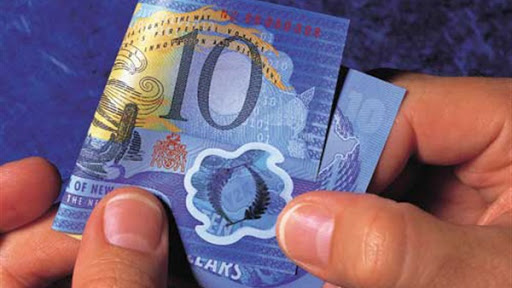
- Welcome to the website of Nile Film Derakhshan, Afrand Gharb
-
West Azarbaijan, Urmia, 2nd kilometer of Cypress Road
Next to Alborz Broadcasting Company, Nile Film Afrand Gharb Company
-
04432247432
09036765171
nile_film@yahoo.com




